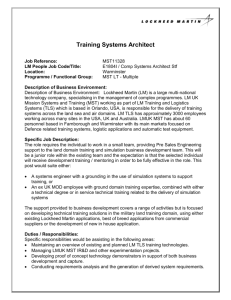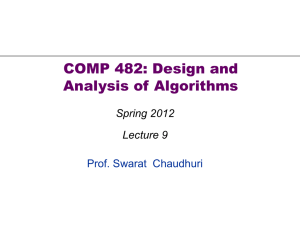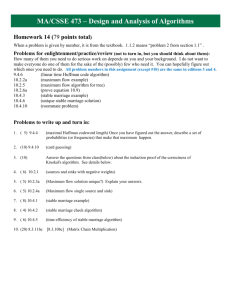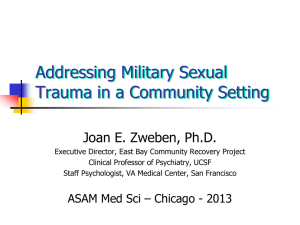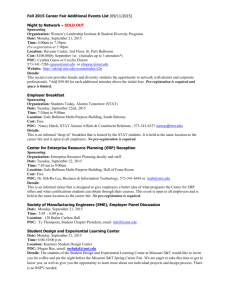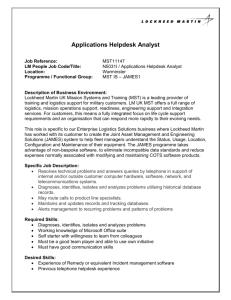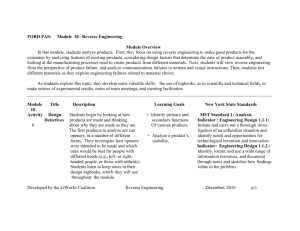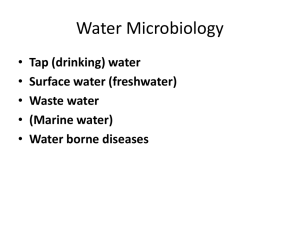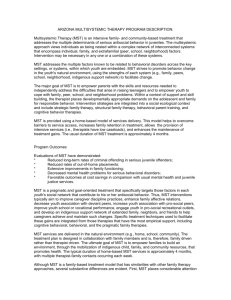General
advertisement
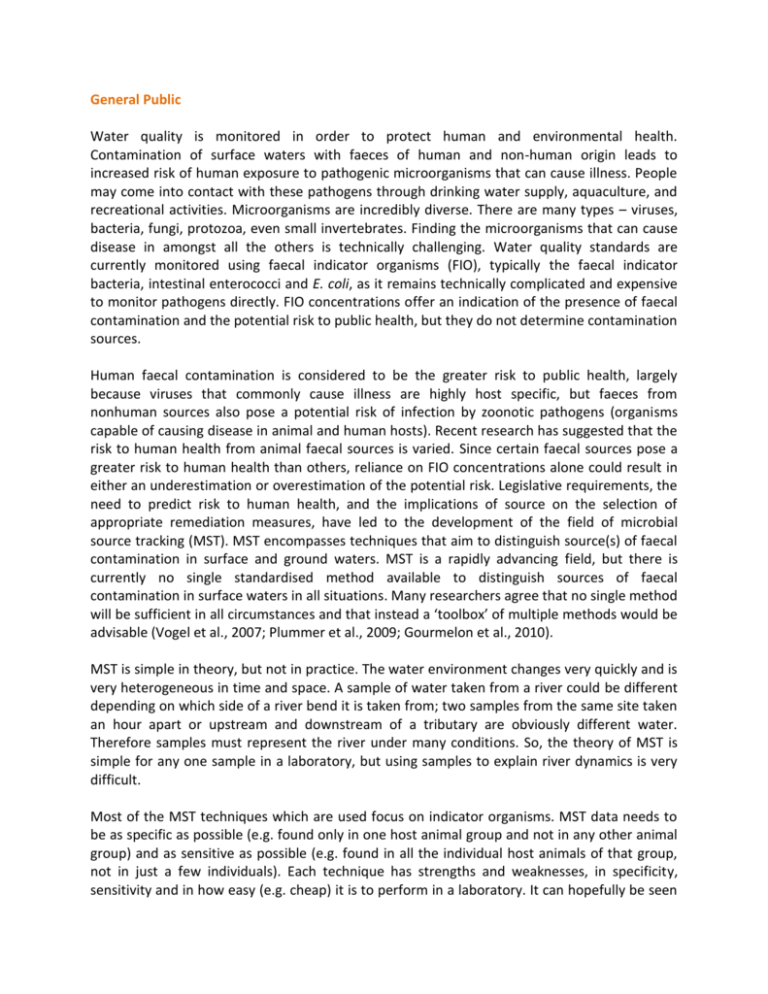
General Public Water quality is monitored in order to protect human and environmental health. Contamination of surface waters with faeces of human and non-human origin leads to increased risk of human exposure to pathogenic microorganisms that can cause illness. People may come into contact with these pathogens through drinking water supply, aquaculture, and recreational activities. Microorganisms are incredibly diverse. There are many types – viruses, bacteria, fungi, protozoa, even small invertebrates. Finding the microorganisms that can cause disease in amongst all the others is technically challenging. Water quality standards are currently monitored using faecal indicator organisms (FIO), typically the faecal indicator bacteria, intestinal enterococci and E. coli, as it remains technically complicated and expensive to monitor pathogens directly. FIO concentrations offer an indication of the presence of faecal contamination and the potential risk to public health, but they do not determine contamination sources. Human faecal contamination is considered to be the greater risk to public health, largely because viruses that commonly cause illness are highly host specific, but faeces from nonhuman sources also pose a potential risk of infection by zoonotic pathogens (organisms capable of causing disease in animal and human hosts). Recent research has suggested that the risk to human health from animal faecal sources is varied. Since certain faecal sources pose a greater risk to human health than others, reliance on FIO concentrations alone could result in either an underestimation or overestimation of the potential risk. Legislative requirements, the need to predict risk to human health, and the implications of source on the selection of appropriate remediation measures, have led to the development of the field of microbial source tracking (MST). MST encompasses techniques that aim to distinguish source(s) of faecal contamination in surface and ground waters. MST is a rapidly advancing field, but there is currently no single standardised method available to distinguish sources of faecal contamination in surface waters in all situations. Many researchers agree that no single method will be sufficient in all circumstances and that instead a ‘toolbox’ of multiple methods would be advisable (Vogel et al., 2007; Plummer et al., 2009; Gourmelon et al., 2010). MST is simple in theory, but not in practice. The water environment changes very quickly and is very heterogeneous in time and space. A sample of water taken from a river could be different depending on which side of a river bend it is taken from; two samples from the same site taken an hour apart or upstream and downstream of a tributary are obviously different water. Therefore samples must represent the river under many conditions. So, the theory of MST is simple for any one sample in a laboratory, but using samples to explain river dynamics is very difficult. Most of the MST techniques which are used focus on indicator organisms. MST data needs to be as specific as possible (e.g. found only in one host animal group and not in any other animal group) and as sensitive as possible (e.g. found in all the individual host animals of that group, not in just a few individuals). Each technique has strengths and weaknesses, in specificity, sensitivity and in how easy (e.g. cheap) it is to perform in a laboratory. It can hopefully be seen then that there are a series of links in a chain which make up MST data. Each MST technique performs differently; each has different specificities, sensitivities and ease of use, each has to link to an indicator group, each indicator group has to link to one or more pathogens (which are in turn very diverse), and each sample processed has to make a link to describing the water body (which changes rapidly). There is a key difference between assessing water quality (spot samples, taken regularly over fairly long time periods) and explaining the factors that have contributed to that water quality (MST work – sampling effort is very different). Enough spot samples, taken once per week over a bathing season, for many years, has given enough data for us to have a general picture of water quality as assessed by FIOs. Explaining the specifics of that water quality – the role of MST – is a lot more challenging. Overall – MST can provide useful information to us, but we need to be aware of the strengths and weaknesses of that information when drawing conclusions. MST is therefore theoretically simple, but practically, very complicated.
